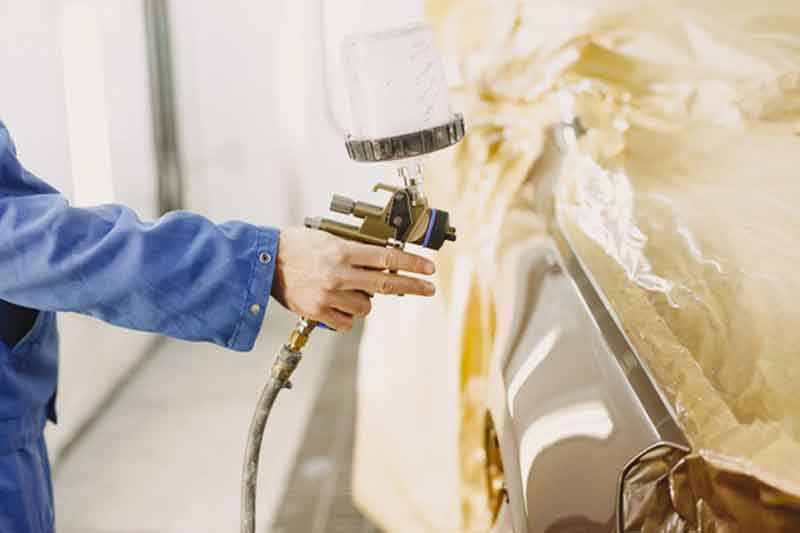Painting your car can be a meticulous multi-stage process. Even if an individual is just covering a few scratched or dented panels with paints, such a process still takes a lot of time. Whether you are repainting the whole body of the car, the project cannot be completed at ease. Besides, if you are willing to give your car a new look, painting seems to be the most desired option. However, there are many people who do not try to do it at home. Instead they prefer to go for a professional car paint shop spending high prices to work out the same. But that does not mean that an individual cannot do it at home. This is because painting your car is not as hard as it seems. But before you begin, you should know the correct way to paint it. Such an approach will not only suit to your own techniques but also save half the price that the professional shops might charge.

These techniques and factors will definitely help an individual to paint his car. Such relevant and useful points are discussed in brief in the following steps: –
- Before you initially start the painting project, there are a few tools and materials that will come useful in the process. An individual would need sandpapers, a paint spray gun, compressor, masking paper, paint thinner and of course the paint itself. You can select your shade from the variety of paints, but urethane paint is commonly used for such purposes.
- But before doing any paint job it is advisable that an individual should clean the car thoroughly. For this he should use a detergent that is especially meant for cleaning automobiles. Wash the car properly from all the sides and follow up with grease and wax removers. But make sure you should start such a project in a dry environment. This is because in a rainy day or humid weather the moisture that usually builds up will ruin a paint job.
- After cleaning is done, strip off the coating from all the surfaces which you will be painting. For this purpose sandpapers can be very effective. Such a material prevents uneven sanding as it both oscillates and rotates while scribbling the surface of your car. If you have decided to use the original color for painting then stripping off the top surface will not take much time. An individual should use duct tape to protect the glass and rubber moldings from being scratched by the sandpaper.
- You should cover the body of the car especially those areas that have dents and dings with plastic filler. These materials usually come in a clay or powder form, which needs to be mixed before applying. Follow the instruction manual for proper mixing.
- To make sure that the resulting surface is smooth apply the mixer with a plastic spreader. Once the filler has dried out, you can now shave and scrape it with a sanding board. Finish off the sanding and smoothing with the dual-action sander or sandpaper.
- Usually the filler surfaces become rough so for smoothening, use acrylic glazing for the purpose. Once the glazing has hardened after drying it is recommended that you sand the surface again. But rusted parts of the car will need special attention, as rust is likely to go into the metal surface. Such a factor can cause uneven paint finishes during the process. So rusty parts of a car should be stripped off and replaced immediately.
- Once the filler dries out, mask the parts of the car that will not be painted. This is to protect the paint from reaching rubber moldings, glass and areas that are not meant for painting. For this an individual can simply use old newspapers and thick masking tapes. You should also mask the area underneath, like a curtain, so that that paint does not cover the under-chassis of the car.
- To make sure there are no dust particles or other possible contaminants on the painting surface, wipe out the area thoroughly. An individual can now spray the portions with an epoxy primer. After this the basecoat is sprayed on the surface of the car. The sprayer should be kept perpendicular to the area being sprayed at about a foot away. Spraying should be done as lightly as possible, with quick overlapping strokes. Employing the same spraying technique apply the topcoat after the basecoat dries out completely.
- It will take a day or two for all the paints to dry evenly. Also do not go for waxing the car for at least a month to allow solvents and other particulates escape through the air.
These are the essential steps that holds good to paint your car at home. Painting a car may be a complicated process, but these factors will make the process relatively easier to achieve a smooth and shiny finish.
